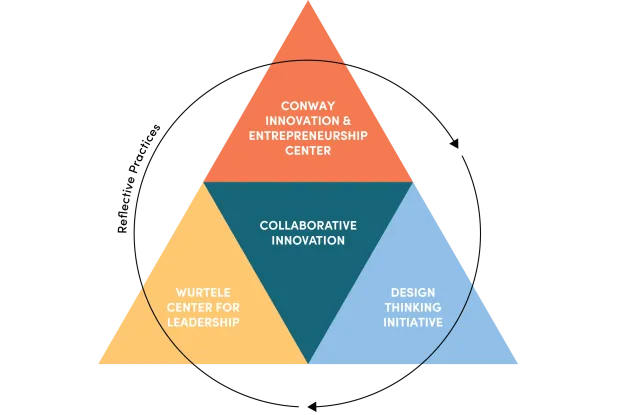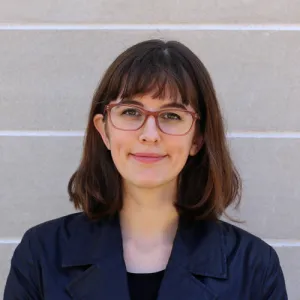About Design Thinking
Our Mission
As an Initiative we encourage responsible innovation by integrating design methods, mindsets, and opportunities for hands-on making into the Smith experience.
We Believe in Being
Design Methodologies and Opportunities for Hands-On Making
Our Team
Collaborative Innovation
The Collaborative Innovation partners—Conway Innovation & Entrepreneurship Center, Design Thinking, Reflective Practices, and Wurtele Center for Leadership—share a mission to help students develop agency, take purposeful action, and reflect on their journey.










